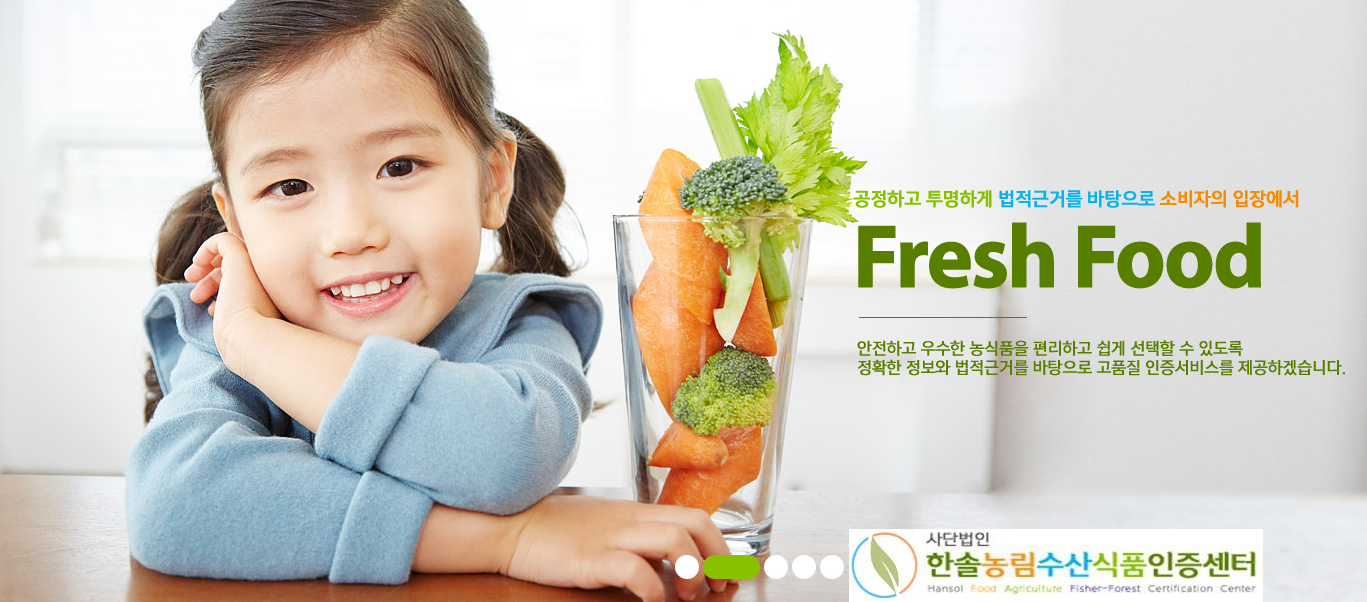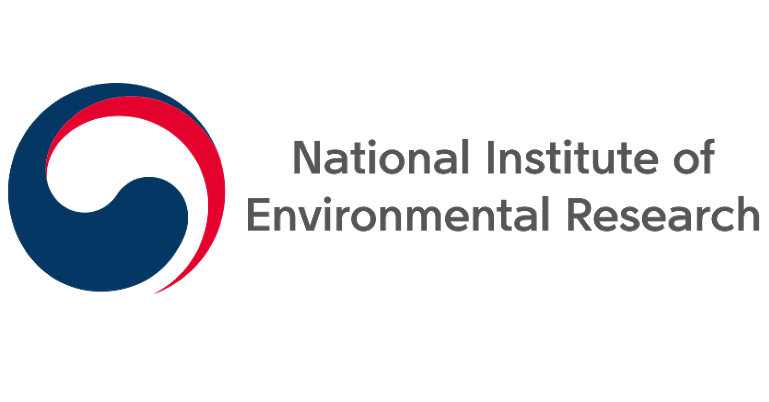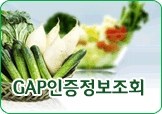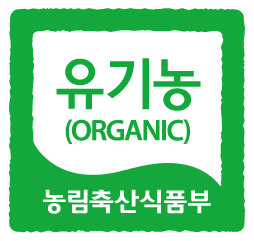More Organiec
Additionally the logo can optionally be used by:
- imported products where the product conforms to the EU rules on the import of organic goods;
- non pre-packaged organic products;
- EU organic products placed on third country markets;
- as part of information campaigns intended to educate the public about the organics scheme (as long as it is not misleading or used to imply that a non-organic product fulfils the requirements of an organic product).
The logo cannot be used for:
- products containing less than 95% organic ingredients;
- mass catering operations such as restaurants or hospitals;
- products not in the scope of organic rules such as cosmetics or products from hunting and fishing;
- products in ‘conversion’ (where organic methods have only just been introduced and there may still be non-organic substances in the soil or animal chain).
Displaying the logo
The logo must be displayed according to strict rules
- The logo must not be smaller than 13,5 mm by 9 mm. In the case of very small packaging where this is not possible, 9mm by 6mm is permitted.
- The logo must be displayed in the standard green and white colour scheme, the only change permitted is when a one colour printer is used.
- It cannot be stylised (for example by making the background transparent or adding 3D effects).
Further information on how the organic logo must be displayed is included in the user manual on the organic logo.
API Spec Q1/Q2

API Spec Q1/Q2
Quality management for the oil and gas industry
API Specifications Q1 and Q2 are standards set by the American Petroleum Institute (API) for the certification of companies manufacturing components and providing services in the oil and gas production sector. The focus here is on training and reviewing quality standards and the quality assurance system. Risk assessment and risk management are taken into particular account. The standards are based on ISO 9001 and are supplemented by industry-specific requirements.
API Specification Q1:
Specification for Quality Management System Requirements for Manufacturing Organizations for the Petroleum and Natural Gas Industry
API Specification Q2:
Specification for Quality Management System Requirements for Service Supply Organizations for the Petroleum and Natural Gas Industries
We offer:
Auditing Services
Training Services
Auditing services
The specifications API Q1 and API Q2 are designed to address quality management systems for companies that manufacture products or provide manufacturing-related services according to a product specification for use in the oil and gas industry.
Declaration of impartiality - Committee for guaranteed impartiality
The OY Elspecta-ab has established processes to ensure that the certificating personnel always work impartially and independently. To guarantee the functionality of these processes, the certification authority works with a risk-based concept.
Check the permission of our company to use the API logo by entering the Labfinnland2018 code in this link: https://my.api.org/Account/Login

e-Mark and E-Mark
The Europe has safety certification requirements formotor vehicle, components and systems that associated with security, and expressed as mark E and mark e.
The E-mark that approved by ECE derives from the regulations issued by Economic Commission of Europe. Recently ECE includes more than 50 countries, it also includesEastern Europe,Southern Europe such non-European countries apart from EU members, ECE regulation is recommended to the members but not mandatory standard. From the point of market demand, the ECE members usually willing to accept the test reports and certificates that comply with ECE regulations. The involved products are components and system units, but no the whole vehicle approval regulations.
The domestic common E mark certification products include tyre,safety glass,auto bulb, warning triangle, vehicle electronic products, etc. The testing organizations that perform E mark certification are usually the technical service organizations of ECE members, the license issuing agencies that issue E mark certification are government departments of ECE members. Different countries have their respective numbers:
E1 - Germany; E2 - France; E3 - Italy; E4 - Holland; E5 - Sweden; E6 - Belgium; E7 Hungary; E8 Czech; E9 Spain; E10 - Yugoslavia; E11 - Britain; E12 - Austria; Norway; Norway; Finland; Finland; Finland; Finland, Romania; Romania; Poland; E21 - Portuguese; E22 - Russia; E23 - Greece; E25 - Croatia; E26 - Slovenia; E27 - Slovakia; E28 - Belarus; E29 - Estonia; E31 - Bosnia and black; E37 - Turkey
The e mark that approved by EEC is the certification mark of whole motor vehicle, safety component and system that theEuropean Union Commission compels the members countries to use according to EU directives. The testing organizations have to be the technical service organizations of EU members, the license issuing agencies are government transport agencies of EU members. The approved products which acquire the e mark will be accepted by all EU members. Different countries have their respective numbers:
E1 - Germany; E2 - France; E3 - Italy; E4 - Holland; E5 - Sweden; E6 - Belgium; E9 Spain; E11 UK; E12 Austria; E13 - Luxemburg; E17 Finland; E18 - Denmark; Portugal; Greece; Ireland; Ireland
E-MARK sign: The e-Mark logo is divided into two forms, one is a rectangular outer frame, the other is a circular outer frame, representing different meanings.


The Finnish Transport Agency is responsible for traffic lanes in Finland and the overall development of the Finnish transport system. The Agency offers spatial data of roads, railways and waterways for viewing and downloading through WMS and WFS services. Also, A WMTS service providing nautical charts is under development.The Finnish Transport Agency has approved various laboratories to conduct EMC tests and Manufacturer Conformity of Production (COP) Audit Introduction for the issuance of the E/e-Mark car certificate throughout Europe, among these laboratories are Midcert, OY Elspecta & Emitech Group.
ECE R10 TYPE APPROVAL OR HOMOLOGATION
After ECE R10 EMC tests are done and PASS test report issued, Type Approval Certificaition or Homologation (E-marking) can be also issued for the product. In this step, ECE R10 test report, technical documents of the product, Conformity of Production (CoP) inspection report/certificate, quality documents (like valid ISO 9001 certificate) of the manufacturing or/and distributor company are checked by a third party and authorized agency. They are also called designated technical service. If all product and company documents are issued and submitted properly, E mark including a unique number can be affixed or labeled on the product.
An approval number is assigned to each type approved. The type approval number consists of 4 sections. Each section shall be separated by the ‘*’ character.
Section 1: The capital letter ‘E’ followed by the distinguishing number of the Contracting Party which has granted the type approval.
Section 2: The number of the relevant UN Regulation, followed by the letter ‘R’, successively followed by:
(a) Two digits (with leading zeros as applicable) indicating the series of amendments incorporating the technical provisions of the UN Regulation applied to the approval (00 for the UN Regulation in its original form);
(b) A slash and two digits (with leading zeros as applicable) indicating the number of supplement to the series of amendments applied to the approval (00 for the series of amendments in its original form);
(c) A slash and one or two character(s) indicating the implementing stage, if applicable.
Section 3: A four-digit sequential number (with leading zeros as applicable). The sequence shall start from 0001.
Section 4: A two-digit sequential number (with leading zeros if applicable) to denote the extension. The sequence shall start from 00.
AJONEUVOJEN EMC-TESTI
e-Mark ja E-Mark
Euroopassa on turvallisuussertifiointivaatimukset moottoriajoneuvoille, komponenteille ja järjestelmille, jotka liittyvät turvallisuuteen ja jotka ilmaistaan merkillä E ja e.
ECE:n hyväksymä E-merkki on peräisin Euroopan talouskomission antamista määräyksistä. Viime aikoina ECE sisältää yli 50 maata, se sisältää myös Itä-Euroopan, Etelä-Euroopan, kuten Euroopan ulkopuoliset maat EU:n jäseniä lukuun ottamatta, ECE-sääntelyä suositellaan jäsenille, mutta se ei ole pakollinen standardi. Markkinoiden kysynnän kannalta ECE-jäsenet ovat yleensä valmiita hyväksymään ECE-määräysten mukaiset testiraportit ja todistukset. Mukana olevat tuotteet ovat komponentteja ja järjestelmäyksiköitä, mutta eivät koko ajoneuvon hyväksyntämääräyksiä.
Kotimaisia yhteisiä E-merkin sertifiointituotteita ovat mm. renkaat, turvalasit, polttimot, varoituskolmiot, ajoneuvoelektroniikkatuotteet jne. E-merkin sertifiointia suorittavat testausorganisaatiot ovat yleensä ECE:n jäsenten tekniset palveluorganisaatiot, E-lupia myöntävät virastot. merkkisertifiointi ovat ECE:n jäsenten ministeriöitä. Eri mailla on omat numeronsa:
E1 - Saksa; E2 - Ranska; E3 - Italia; E4 - Hollanti; E5 - Ruotsi; E6 - Belgia; E7 Unkari; E8 Tšekki; E9 Espanja; E10 - Jugoslavia; E11 - Iso-Britannia; E12 - Itävalta; Norja; Norja; Suomi; Suomi; Suomi; Suomi, Romania; Romania; Puola; E21 - portugali; E22 - Venäjä; E23 - Kreikka; E25 - Kroatia; E26 - Slovenia; E27 - Slovakia; E28 - Valko-Venäjä; E29 - Viro; E31 - Bosnia ja musta; E37 - Turkki
ETY:n hyväksymä e-merkki on koko moottoriajoneuvon, turvakomponentin ja järjestelmän sertifiointimerkki, jota Euroopan unionin komissio pakottaa jäsenmaat käyttämään EU-direktiivien mukaisesti. Testausorganisaatioiden tulee olla EU-jäsenmaiden teknisiä palveluorganisaatioita, lupia myöntävät virastot ovat EU-maiden valtion liikennevirastoja. Kaikki EU-jäsenet hyväksyvät hyväksytyt tuotteet, jotka saavat e-merkin. Eri mailla on omat numeronsa:
E1 - Saksa; E2 - Ranska; E3 - Italia; E4 - Hollanti; E5 - Ruotsi; E6 - Belgia; E9 Espanja; E11 UK; E12 Itävalta; E13 - Luxemburg; E17 Suomi; E18 - Tanska; Portugali; Kreikka; Irlanti; Irlanti
E-MARK-merkki: e-Mark-logo on jaettu kahteen muotoon, joista toinen on suorakaiteen muotoinen ulkokehys, toinen on pyöreä ulkokehys, joka edustaa eri merkityksiä.


Liikennevirasto vastaa Suomen liikenneväylistä ja Suomen liikennejärjestelmän kokonaiskehityksestä. Virasto tarjoaa teiden, rautateiden ja vesiväylien paikkatietoja katseltavaksi ja ladattavaksi WMS- ja WFS-palveluiden kautta. Myös merikarttoja tarjoava WMTS-palvelu on kehitteillä. Liikennevirasto on hyväksynyt useita laboratorioita suorittamaan EMC-testejä ja valmistajan vaatimustenmukaisuuden (COP) Audit Introduction E/e-Mark-autosertifikaatin myöntämistä kaikkialla Euroopassa, mm. Nämä laboratoriot ovat Midcert, OY Elspecta & Emitech Group.
ECE R10 -TYYPPIHYVÄKSYNTÄ TAI HOMOLOGATION
Kun ECE R10 EMC-testit on tehty ja PASS-testiraportti on annettu, tuotteelle voidaan myöntää myös tyyppihyväksyntätodistus tai homologointi (E-merkintä). Tässä vaiheessa kolmas osapuoli tarkastaa ECE R10 -testiraportin, tuotteen tekniset asiakirjat, tuotannon vaatimustenmukaisuuden (CoP) tarkastusraportin/sertifikaatin, valmistus- tai/tai jakelijayrityksen laatuasiakirjat (kuten voimassa oleva ISO 9001 -sertifikaatti) ja valtuutettu virasto. Niitä kutsutaan myös nimetyksi tekniseksi palveluksi. Jos kaikki tuote- ja yritysasiakirjat on myönnetty ja toimitettu asianmukaisesti, tuotteeseen voidaan kiinnittää tai merkitä E-merkki, joka sisältää yksilöllisen numeron.
Jokaiselle hyväksytylle tyypille annetaan hyväksyntänumero. Tyyppihyväksyntänumero koostuu 4 osasta. Jokainen osa on erotettava merkillä *.
1 kohta: Iso kirjain ”E”, jota seuraa tyyppihyväksynnän myöntäneen sopimuspuolen tunnusnumero.
Osa 2: Asianomaisen YK-säännön numero, jota seuraa kirjain ”R”, jota seuraa peräkkäin:
a) Kaksi numeroa (joiden alussa on nollia tarvittaessa), jotka osoittavat muutossarjan, joka sisältää hyväksyntään sovelletut YK-säännön tekniset määräykset (00 YK-säännön alkuperäisessä muodossaan);
b) kauttaviiva ja kaksi numeroa (joiden alussa on nollia tarvittaessa), jotka osoittavat hyväksyntään sovelletun muutossarjan lisäyksen numeron (00 muutossarjan alkuperäisessä muodossaan);
(c) Vinoviiva ja yksi tai kaksi merkkiä, jotka osoittavat toteutusvaiheen, jos mahdollista.
Osa 3: Nelinumeroinen järjestysnumero (jossa on tarvittaessa nollia). Sarja alkaa numerosta 0001.
Osa 4: Kaksinumeroinen järjestysnumero (joiden alussa on nollia, jos mahdollista), joka ilmaisee laajennuksen. Sarja alkaa 00:sta.
FOOD GRADE
What Does Food Safe Really Mean?
To begin, it’s important to clarify a few key terms:
- Food grade means that the material is either safe for human consumption or permitted to come in contact with food.
- Food safe means that a food grade material meets the requirements determined by the intended use and will not create a food-safety hazard.
- Food contact surfaces include any surface that may come into direct contact with food. These surfaces must be made of nontoxic materials and designed to withstand the environment of their intended use, including exposure to cleaning compounds, sanitizing agents, and cleaning procedures.
Food grading and food safety concern a specific way to ingest parts, called migration. Particles as small as a few nanometers and up to several hundred nanometers may get transferred each time various materials encounter with each other.
Because migration levels are very low on occasional contact, food grading typically concerns items that are in prolonged contact with food such as containers, straws, utensils, plates, and food molds. Different testing institutions will adhere to different government-imposed risk tolerances and approved substances, which for the US is described by the FDA CFR 21 and for the EU in guidelines 10/2011.

The European Commission, the European Medicines Agency (EMA) and the United States of America (USA) Food and Drug Administration (FDA) work together in many areas, streamlining efforts, sharing best practices and aiming to avoid duplication to promote human and animal health. Confidentiality arrangements facilitate this collaboration.

The United States Food and Drug Administration (FDA) is authorized under 21 C.F.R. § 20.891 to disclose non-public information to Finnish Medicines Agency regarding FDA-regulated drugs, including pre- and post-market activities, as appropriate, as part of cooperative law enforcement or cooperative regulatory activities. FDA is further authorized under section 708(c) of the Federal Food, Drug, and Cosmetic Act2 to share with a foreign government, as it deems appropriate and under limited circumstances, certain types of trade secret information.

The Itqan Pharmaceutical Industries and a faculty of pharmacy at Germany's University of Marburg, which is the largest German academic center, signed a cooperation agreement to produce plant-derived pharmaceutical products.
Speaking at the signing ceremony, Jordan Food and Drug Administration (FDA) Director-General Nizar Mhaidat indicated that the agreement includes conducting joint scientific researches between specialized researchers from the German University of Marburg and the University of Jordan in addition to the Itqan company, and employing this cooperation to develop the national pharmaceutical industries, and produce new quality plant- derived medicines, according to the FDA statement on Thursday.











